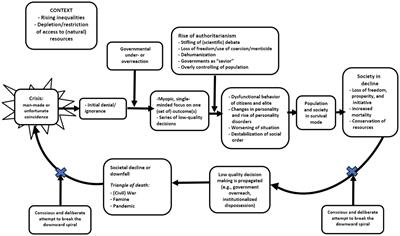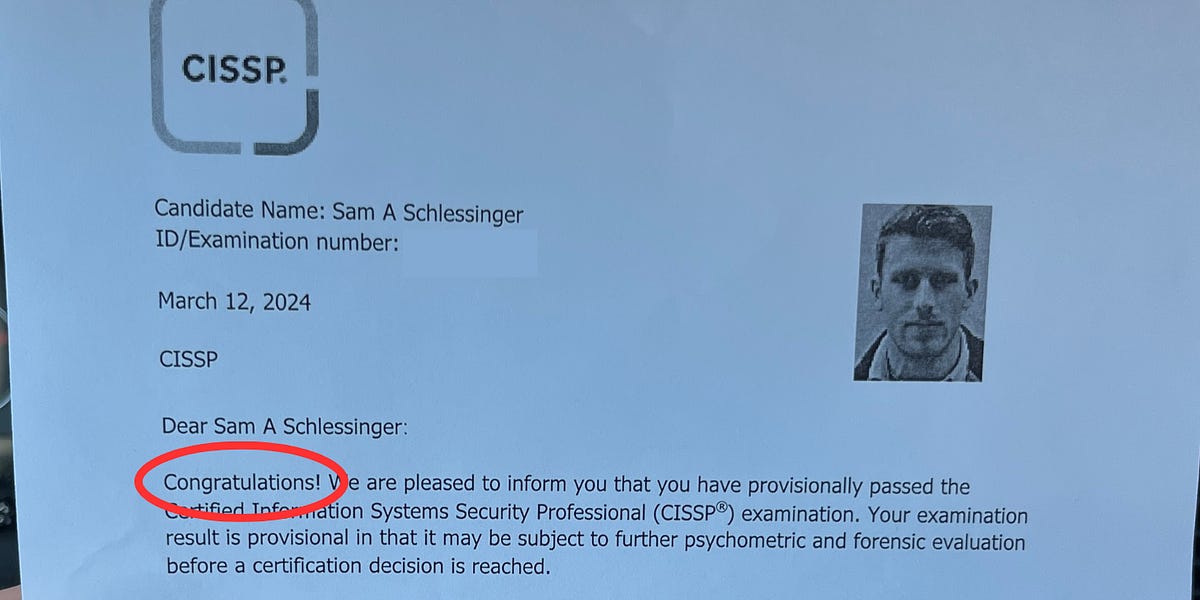
Vaping Is Good, Actually | The New Republic
In April 1994, the heads of the biggest tobacco companies testified before Congress that cigarettes weren’t addictive. A month later, across the country, a box marked “confidential” arrived for Dr. Stanton Glantz, a longtime foe of Big Tobacco and a professor of medicine at the University of California San Francisco. The sender signed his name “Mr. Butts,” an allusion to a Doonesbury character. When Glantz opened the package, he found thousands of internal documents from British American Tobacco and its then-subsidiary, Brown & Williamson. The paperwork detailed scientific research, public relations strategies, and corporate communications about everything from downplaying the harms of cigarettes to appealing to the next generation of smokers. In a fury, Glantz began photocopying the pages and copied them onto CDs. It would only be the beginning.
In 1998, the four largest tobacco companies in the U.S.—Philip Morris, R.J. Reynolds, Brown & Williamson, and Lorillard—entered the Tobacco Master Settlement Agreement with 46 attorneys general, requiring the industry to shell out hundreds of billions of dollars in perpetuity so states could grapple with climbing medical costs associated with smoking-related illnesses. The deal also imposed stringent advertising restrictions on the tobacco companies and created and funded what became the Truth Initiative, a tobacco-control nonprofit that would go on to spearhead countless youth prevention campaigns. But more importantly for Glantz, it forced the industry to release even more of its inside communications. He got hold of those, too.





















